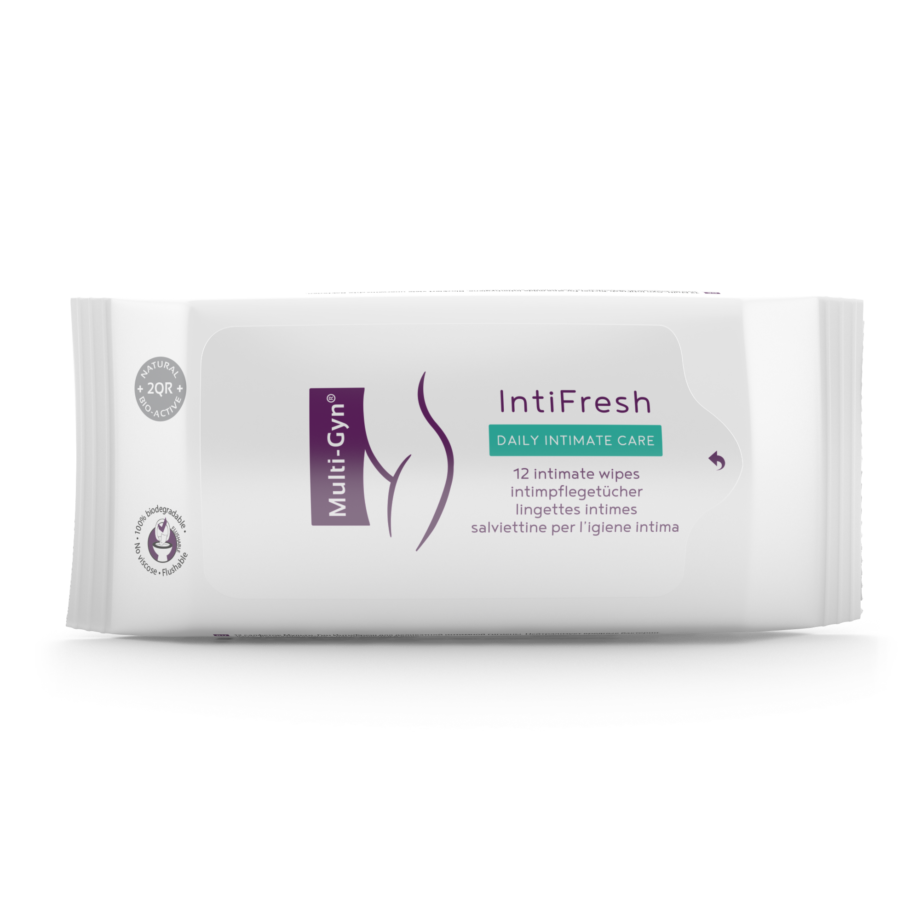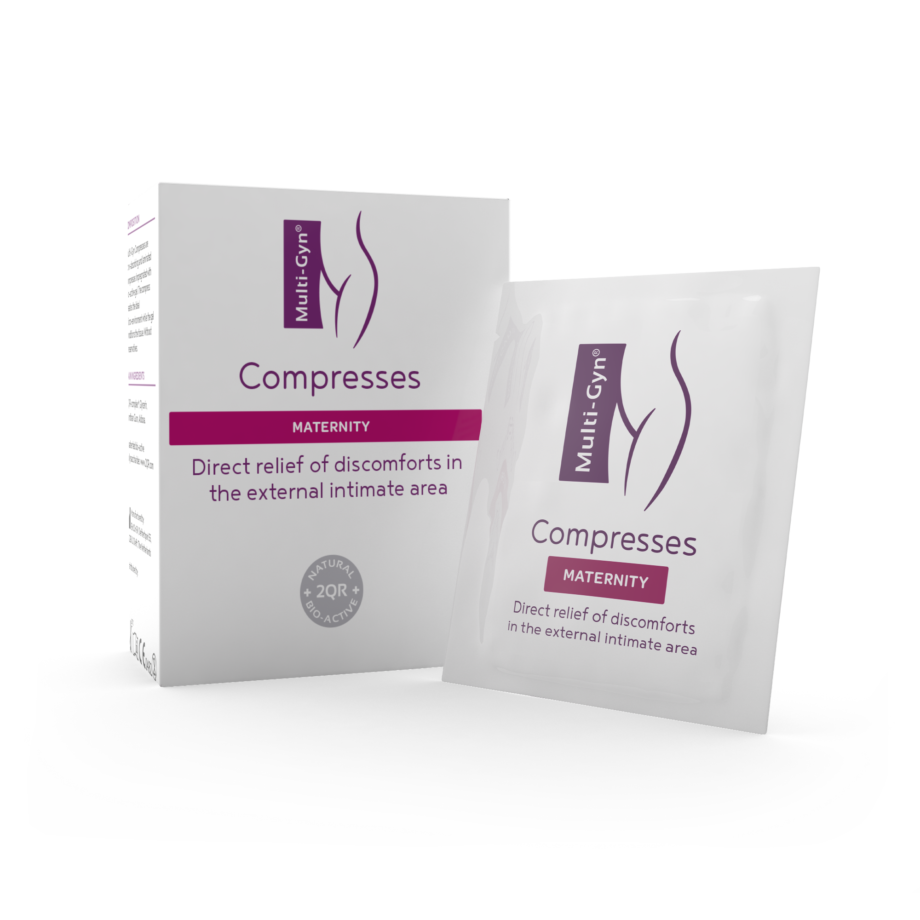The amount, consistency, smell and colour of discharge are very individual and can vary throughout your menstrual cycle, while breastfeeding, during pregnancy or when you are sexually aroused.
Discharge is an important factor in your overall vaginal health
The glands inside your vagina and cervix produce a fluid that plays several roles in the female reproductive system: it washes away debris, dead cells and microorganisms; it helps prevent and fight infections; and it lubricates the vagina.
The amount, consistency, smell and colour of discharge are very individual and can vary throughout your menstrual cycle, while breastfeeding, during pregnancy or when you are sexually aroused. By getting to know your body well, you will be able to recognise what are normal and acceptable characteristics of discharge that cause no reason for panic. For example, you may notice a slight change in smell if you are pregnant or an increased amount of discharge while you’re ovulating. On the other hand, any unusual change of colour, consistency, amount or smell may indicate that an infection is developing – especially if other symptoms, such as itching, burning or pain, are present as well.
Understanding your discharge
Changes in the appearance of your discharge can indicate that it is time to seek advice from your gynaecologist – take a look at the table below so that you can learn how to recognise the most characteristic changes and their causes.
| Color of discharge | Consistency | Accompanying symptoms | Possible causes |
|---|---|---|---|
| Clear, white or white-ish, pale yellow | Thin or thick, sticky, elastic | No other symptoms | Normal discharge |
| White | Thick and cheesy (like cottage cheese) | Swollen vulva, pain – especially during sexual intercourse, itching, burning, white residues that cannot be wiped off | Yeast infection |
| White, grey or yellow | Thick or thin | Fishy odour, itching, burning, swollen vulva, redness and irritation | Bacterial vaginosis |
| Yellow or cloudy | Can be of different consistency | Pain in the pelvic region, vaginal bleeding or spotting in between periods, urinary incontinence | Gonorrhea |
| Yellow or greenish | Bubbly, foamy | Strong odour, itching, pain while urinating | Trichomoniasis |
| Brown or with traces of blood | Can be of different consistency | Pain in the pelvic region, vaginal bleeding or spotting in between periods | Irregular periods. Brownish discharge can also appear at the beginning of your menstrual bleeding or at the very end. |
| Pink | Can be of different consistency | No other symptoms | If you recently had a baby, this is most likely the uterine lining shedding – normal occurrence after the delivery |
If you notice any of the symptoms we’ve mentioned above or other unusual symptoms, do consult your gynaecologist as soon as possible.

Multi-Gyn ActiGel
Treats bacterial vaginosis (BV)

Multi-Gyn FloraPlus
Treats vaginal yeast symptoms

Multi-Gyn LiquiGel
Treats and relieves vaginal dryness

Multi-Gyn Tablets
For vaginal douching fluid

Multi-Gyn IntiFresh
Wipes for a mild intimate hygiene

Multi-Gyn IntiSkin
Soothes irritations of the intimate skin area

Multi-Gyn FemiWash
Gentle, soap-free intimate hygiene

Multi-Gyn Compresses
Maternity. Soothing effect on the external intimate area

Multi-Gyn Douche & Tablets
For optimal hygiene of the vagina
Want to know more?

Read article
Everything you should know about bacterial vaginosis
Bacterial vaginosis is one of the most common vaginal infections. Learn more about the symptoms, causes and treatment!

Read article
Difference between bacterial vaginosis and a yeast infection
Bacterial vaginosis and a yeast infection are the most common vaginal infections. Learn more about the differences in causes, symptoms and treatment!

